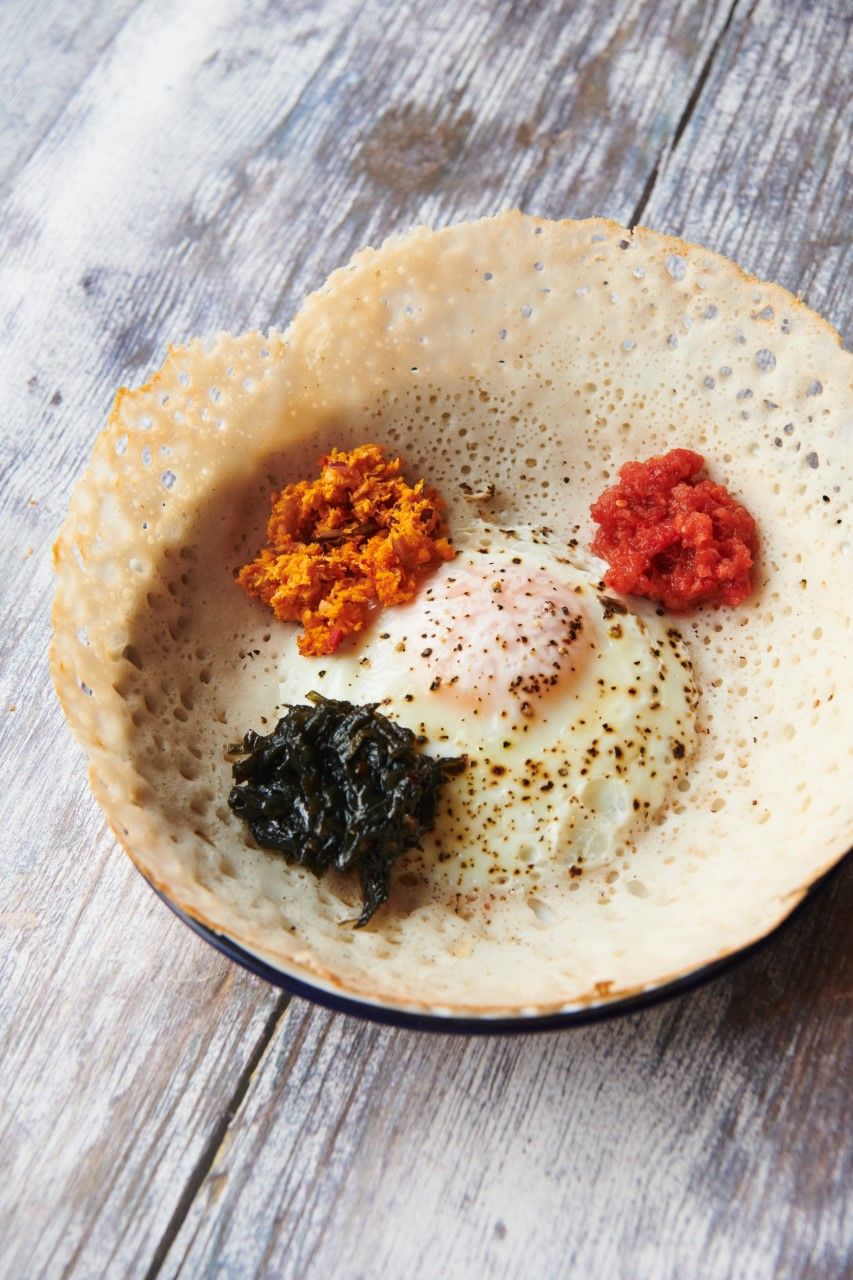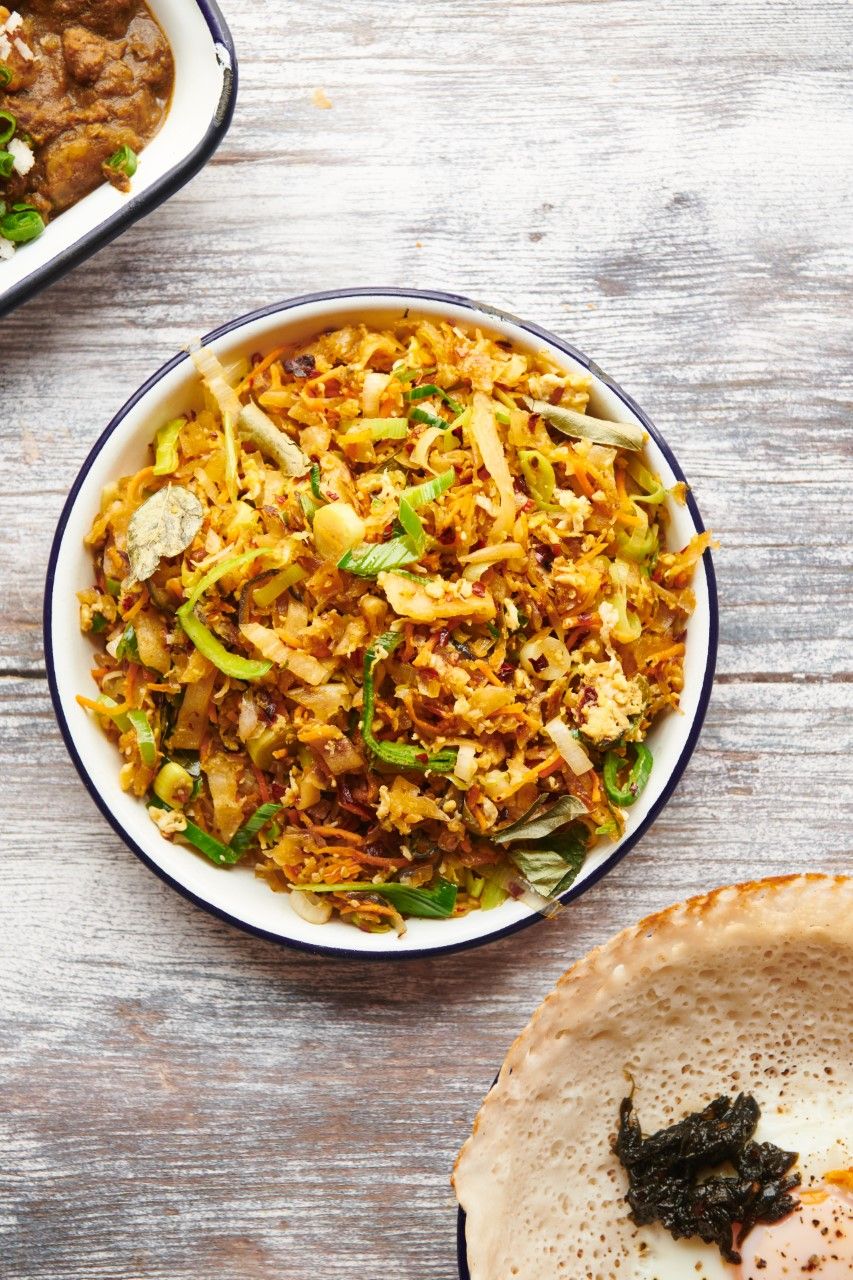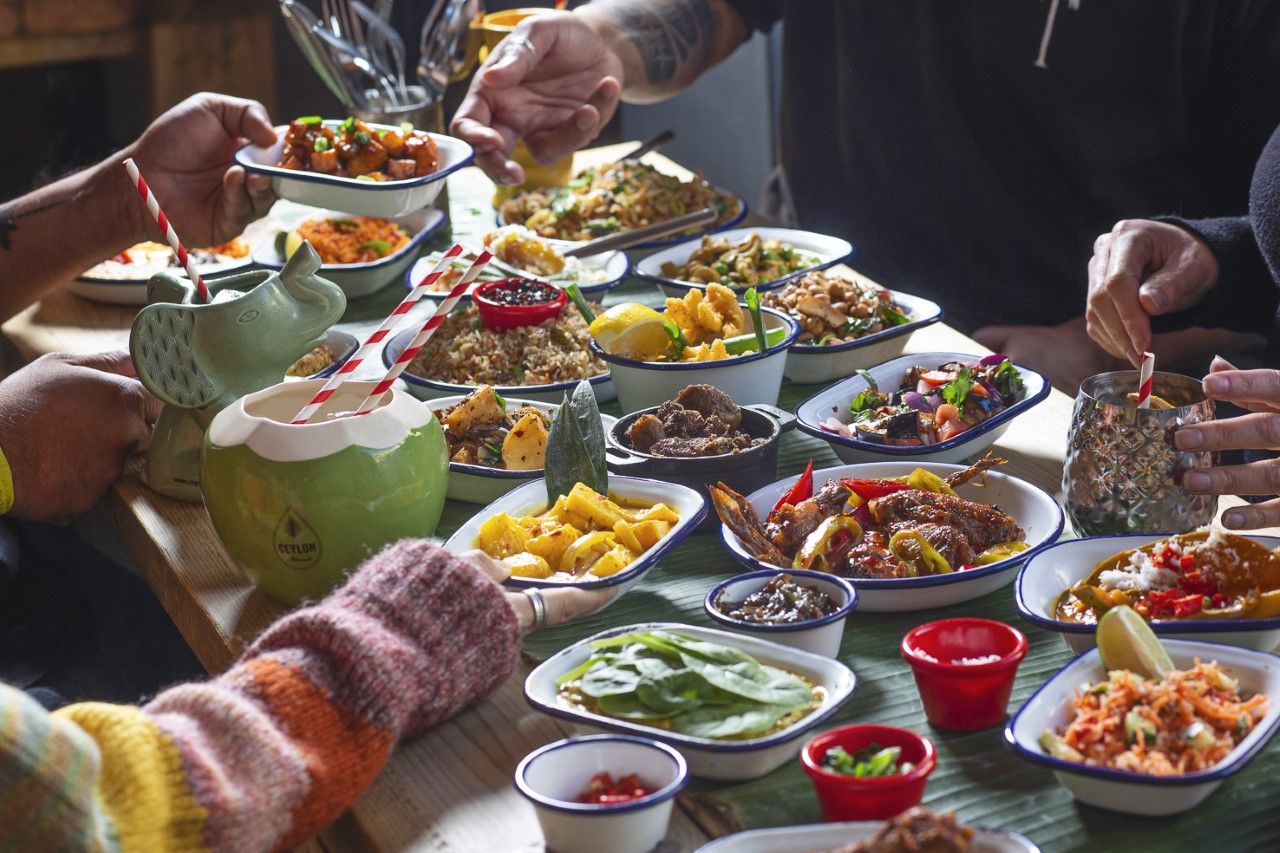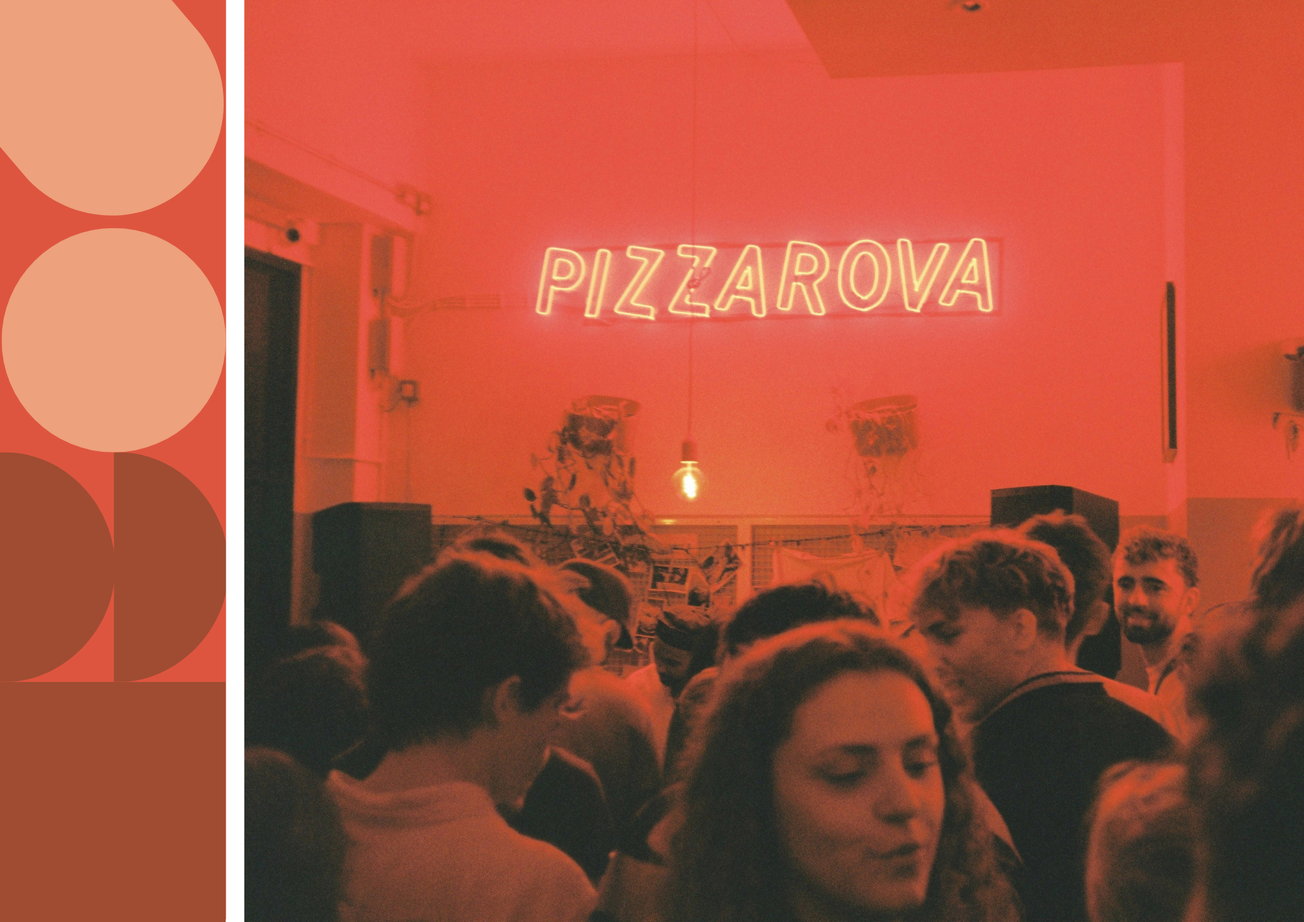By Milan Perera, Arts Critic Columnist
The Croft Magazine// Like other cultural expressions of the island nation of Sri Lanka, its cuisine has had the misfortune of standing in the shadow of the colossus of Indian cuisine for a considerable time. The latter has conquered the frontiers of the world with its diverse and vivid culinary experience. It is only recently that the Sri Lankan cuisine, especially its street food has begun to punch above its weight and break into the mainstream from the fringes.
One restaurant franchise which firmly put Sri Lankan street food on the culinary map is the Coconut Tree. Founded in 2016 at a tired and dilapidated pub in Cheltenham by five school friends, the origin of the Coconut Tree is both a heart-warming and uplifting tale of keen vision and indomitable resolve. It caught the attention of the likes of Jay Raynor who wrote in the Observer in glowing terms. Following the runaway success in Cheltenham the franchise opened outlets in Oxford, Birmingham, Reading, Bournemouth, Cardiff and twin branches in Bristol. I had the chance to pop into the Coconut Tree on Gloucester Road on a wet and windy evening. As soon as I entered the premises, I was struck by the rustic elegance of the bar area which is fashioned as a quintessential beach hut as found on the coastal belt of Sri Lanka. The roof is made of woven coconut leaves which is further augmented with carved wooden masks that hung from the rafters staring right at you with their quaint smiles.
I was shown to my seat by the friendly waiting staff member Yash who told me that Chatu Perera, the General Manager is on his way from the mandatory school pick-up. As I was opening a can of the signature Sri Lankan beer, Lion Larger, Chatu walked and greeted me with a firm handshake. My first question to him was what sets Sri Lankan cuisine stand out from its other Asian culinary traditions. He commented on the vast palette of ingredients and spices consists of cinnamon, coconut, turmeric, cardamom, chili, tamarind, drumsticks, aubergine, pandan leaves and bay leaves.
In Sri Lankan cuisine coconut held in the highest esteem and in fact coconut tree in general referred to as Kapruka in Sinhalese which is loosely translated as the tree that provides all comforts. The coconut milk provides the velvety texture to Sri Lankan curries. The extensive use of chili in Sri Lankan cuisine is also renowned which almost borders on the surreal. One of the most popular relishes in Sri Lanka is what is known as Lunu Miris, a type of chili salsa. Traditionally, it is made of water-soaked dried chili pods and crystal salt, firmly grounded to a paste on a grinding stone. This is widely used as relish with bread and hoppers and functions as the base to another relish known as sambal. The latter is made of mixing scraped coconut with the chili salsa and normally consumed with freshly baked bread. The similarities between Latin American salsa dips and Lunu Miris is glaringly obvious and could be traced back to the days of Portuguese occupation. It is unclear who borrowed from whom and Chatu jokingly added that: “We Sri Lankans tend to believe that the Portuguese borrowed from us not the other way around!”
One of the showstoppers of Sri Lankan Street Food is hoppers. It is a traditional Sri Lankan pancake made of rice flour and coconut milk. The simple pancake could be elevated to the next level with addition of an egg at the bottom of the hopper. They could be consumed with a variety of relishes. The hopper I tried came with three relishes : chilli salsa, sini sambal and kale sambal. The key to enjoy a hopper is to skip the cutlery altogether as the process of cutting a hopper using folks and knives would reduce it to a flaky crumble. Small segments to be torn off and be dipped in one or more relishes. Chatu was telling me that he has been giving tips to patrons on the best way to enjoy a hopper: relinquishing the cutlery for a start!

But the undisputed monarch of Sri Lankan Street Food is kottu. When I asked the manager how he would describe a dish of kottu to a complete novice, he thought for a while and responded: “Think of it as a dish of fried rice, except the fact that rice is replaced with shredded flat bread.” As per custom, in Sri Lanka kottu is made from scratch outside the eateries where a symphony of ingredients and flavours packed into a paper-wrapped food parcel. The making of an individual kottu involves mixing of ingredients such as sliced vegetables, shredded flat bread, eggs and spices on a greased hot plate using a pair of metal spatulas. The rhythmic mixing of the ingredients is akin to a drum beat itself. There are many variations of kottu and I tried the one made with a beef brisket. The sensory experience of eating a kottu is nothing short of an explosion of flavours in your mouth which is further enhanced with a shot of arrack, the signature Sri Lankan spirit. The best way to describe the flavour of Arrack is to imagine a shot of Schnapps with a hint of cinnamon. And the synergy is sublime.

The extended menu consists of a variety of sea food dishes and vegan dishes cooked in authentic traditional methods. As I was speaking to Chathu he was simultaneously greeting patrons, showing them to their tables and communicating with the kitchen staff like a conductor of a symphony orchestra with unruffled calmness.
As I was about to leave, I bought four cans of Lion Larger over the counter as a token of my visit to the Coconut Tree. But I am certain that this won’t be the last time I visit this treasure trove of Sri Lankan flavours.
Featured Image by Coconut Tree
Have you tried Coconut Tree in Gloucester Road?









